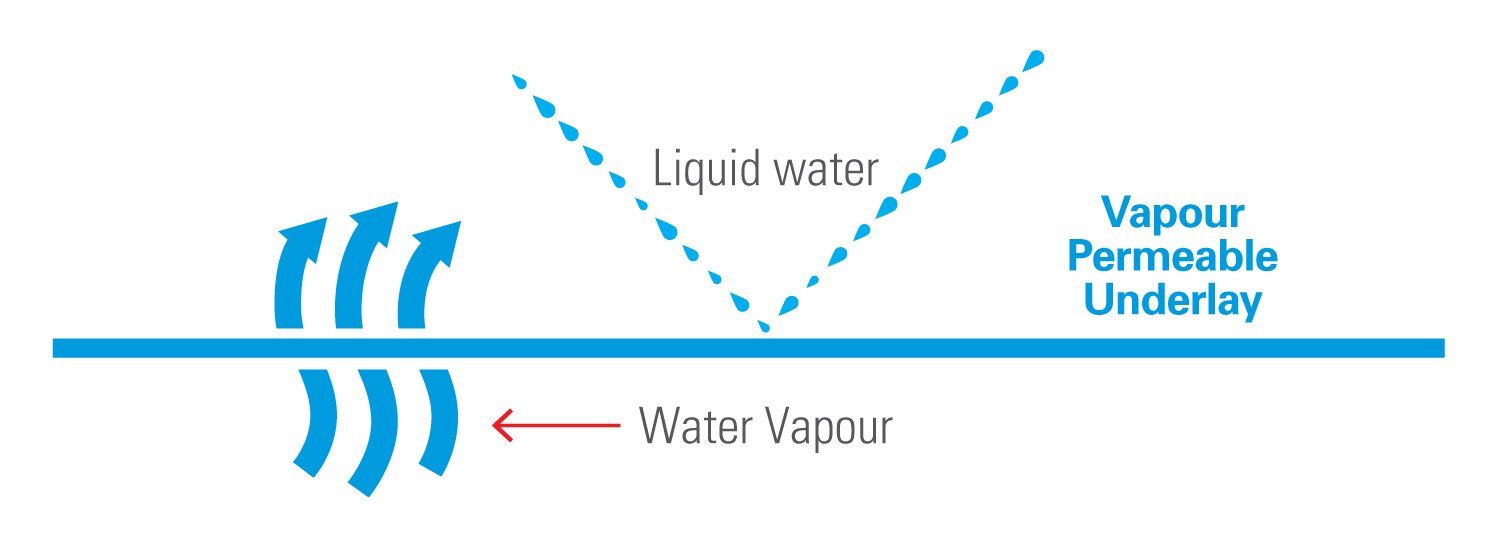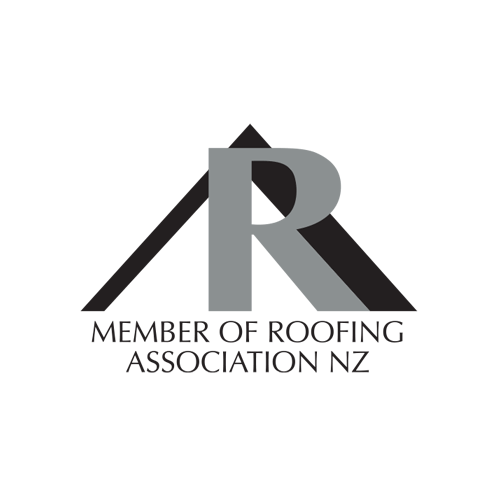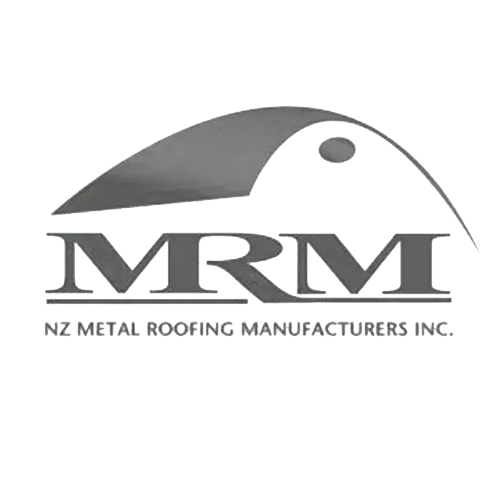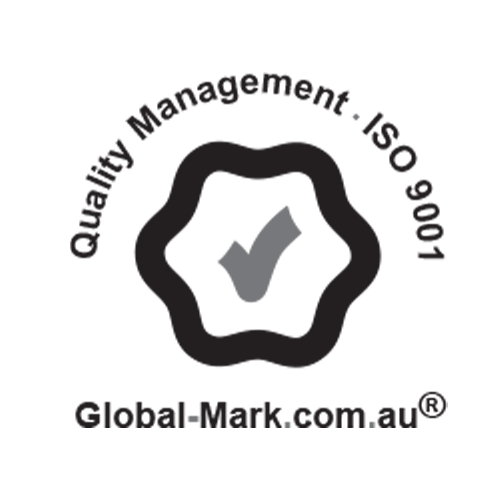Build Better / Healthier Homes
Healthier homes through effective moisture management
When you’re designing or building a home to be healthy, it’s important to be obsessive about moisture management. Water and water vapour are the villains that lead to ‘sick homes’ caused by microbial infestations of mould and fungi. Also, never under-estimate the power of water and water vapour to eventually shorten the lifespan of a dwelling.
The New Zealand construction industry is rightfully touchy about the subject of moisture management. The leaky building era - 1994 to 2004 - is still not behind us and it’s continuing to do damage to lives and reputations. However, history is an excellent teacher. The country’s sensitivity about moisture management is creating a new era of superior homes that support everyday wellness. Underpinning this new, healthier era of construction is the appropriate use of wall and roof underlays, commonly known as ‘wraps’.
Outside water getting in and inside water not getting out
Everyone in or allied to the construction industry understands the importance of weathertightness, i.e. preventing water from getting past roof and wall cladding. But not so many understand the importance of letting internal moisture (water vapour) escape. To build a healthy home that maintains a healthy level of internal humidity (around 40%), both needs must be addressed.
- When external moisture (rain) gets between the exterior cladding of the house and the inside walls, dangerous mould can grow and cause structural problems for the building and health problems for those who live there.
- When internal moisture (water vapour) from human activities (breathing, cooking, showering and laundering) can’t escape, condensation accumulates and is unable to dry, creating perfect conditions for microbial growth. A family of four can generate as much as 20 kilograms of water vapour per day.
The health impacts of fungi, mould, and dust mites
Fungi and mould growth occurs when air temperatures are between 4 and 40°C and humidity is above 60%. In extreme cases, toxic black mould (stachybotrys chartarum) can cause a stuffy nose, wheezing and red eyes. It can also lead to more serious conditions, such as asthma. People with weakened immune systems are more likely to develop infections if exposed to mould.
Dust mites become more active when the relative humidity reaches 45-50%. Chronic, ongoing exposure to dust mites at home can dramatically impact the health of people with asthma and those who are sensitive to mites. Dust mites can also cause an immune system response, known as allergic rhinitis.
How vapour-permeable wraps control moisture from both sides of the problem
This illustration shows how vapour-permeable underlays, such as Thermakraft Watergate Plus and Covertek roof underlays, provide a barrier to water ingress from the outside while allowing internal water vapour to escape. Combined with strategic ventilation, the correct installation of high-quality vapour-permeable underlay supports optimal moisture management in a home. The New Zealand Building Code requires the use of vapour permeable underlays throughout New Zealand.
Today’s gold standard for moisture management using wraps
Since tar paper was first invented back in the California Gold Rush of the 1800s, building wraps have come a very long way. Today’s best wraps are designed to last under the cladding for the duration of the building’s life. However, as with all things in life, wrap quality is a sliding scale. While it might be tempting to choose a cheaper wrap to conserve a client’s budget, investing in a high-quality proven product that is suitable for the project’s climate conditions is the responsible approach. Here’s a checklist of what to look for in a vapour-permeable underlay:
- BRANZ-appraised – product properties and durability have been externally tested and proven
- Permeability – Water-vapour management film technology and performance are designed for New Zealand’s climate conditions
- Absorbent – >100 g/m² for wall underlay and >150 g/m2 for roof underlay to better manage surface condensation
- Fire retardant – options between fire retardant and non-fire retardant
- Quality control – New Zealand in-house batch testing, ISO 9001 accreditation and 15 years product warranty








